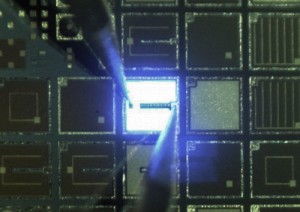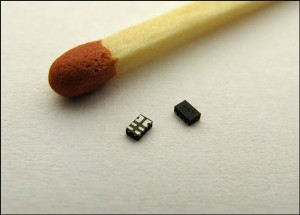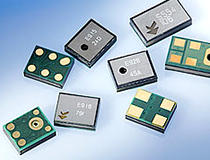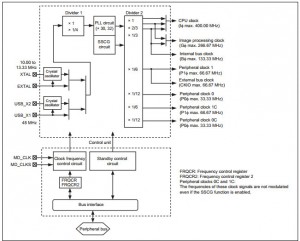Renesas will implement a re-org on August 1st which has three aims:
(1) Reform businesses to better utilise market intelligence during product development;
(2) Reform into a profit-oriented organisation;
(3) Reform to a global management and organisational structure,
The company has ‘identified fields and regions where growth is expected in the medium to long term and areas where it can outpace the competition, and will focus on three fields where it has strengths and can compete effectively’
Renesas has shifted from a product-orientation to an application-orientation to better address customer demand.
It has also completed the reorganisation of its manufacturing sites in Japan, the consolidation of the manufacturing business engaged in semiconductor front-end and back-end production as well as the reorganisation of manufacturing-related Renesas Group companies, realigning production facilities in Japan and manufacturing-related group companies in Japan.
The company will focus on two areas:
Device solutions; Kit solutions combining microcontrollers (MCUs) and Analog & Power semiconductor devices;
Platform solutions including options such as software developed in collaboration with the Resents ecosystem’s partner companies to address the customers’ more complex and highly-functional systems.
Functions essential for the development of device solutions (mainly hardware), such as device development, sales promotion infrastructure, and device applied technology, will be consolidated at Renesas System Design.
The development of kits and platform solutions (mainly software), and business promotion functions, will be consolidated at Renesas Electronics.
Renesas Engineering Services will provide development and technical support.
Renesas Solutions will be transferred to Renesas Electronics and Renesas System Design.
.





